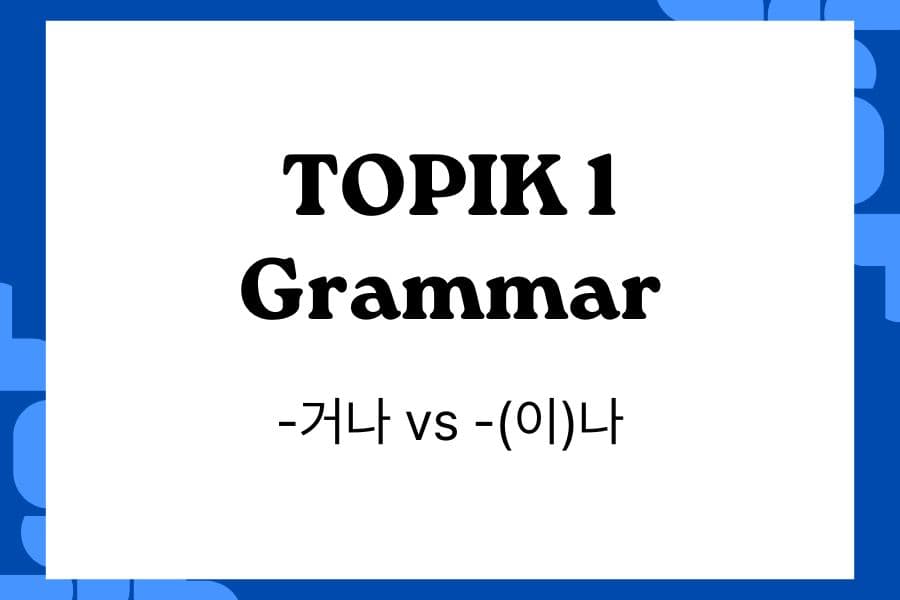
Korean learners often confuse -거나 vs -(이)나 because both express “choice” or “option.”
However, -거나 connects verbs/adjectives (actions or states), while -(이)나 connects nouns (things or options).
In this post, we’ll learn their differences, see how they’re used naturally, and look at how TOPIK questions test them.
Grammar Focus – -거나 vs -(이)나
-거나
The ending -거나 means “or” and is used to connect verbs or adjectives.
It shows that there are two or more possible actions or states.
- Function: Choice between actions, possibilities, or states.
- Form: Attach directly to verb or adjective stems.
- Context: Used both in spoken and written Korean to express alternatives.
예문:
- 주말에 영화를 보거나 책을 읽어요.
- 커피를 마시거나 차를 마셔요.
- 시간이 없으면 택시를 타거나 걸어가요.
👉 Key Point: Use -거나 for verbs/adjectives (actions or states) — never for nouns.
-(이)나
The particle -(이)나 also means “or,” but it is used with nouns.
It can show choice between nouns or approximation (“about / as many as”) depending on context.
- Function 1 (Choice): Connects two nouns as options.
- Function 2 (Approximation): Expresses “around / about” (quantity or frequency).
- Form: Attach -이나 after consonant-ending nouns, -나 after vowel-ending nouns.
예문 (Choice):
- 점심에 김밥이나 라면을 먹을 거예요.
- 주말에는 영화나 공연을 봐요.
예문 (Approximation):
- 학생이 30명이나 있어요. (as many as 30 students)
- 물을 두 병이나 마셨어요. (as many as two bottles)
👉 Key Point: Use -(이)나 for nouns, not verbs, and remember it can mean “about/as many as.”
How They Appear in TOPIK 1
These grammar points are commonly tested in grammar and reading sections.
The key is to see whether the blank follows a verb/adjective or a noun.
Example Question 1
주말에 친구를 만나( ) 영화를 봅니다.
① 거나
② 이나
③ 으니까
④ 게 되다
✅ Correct answer: ① 거나 (Verb connection → “meet or watch”)
Example Question 2
점심에 김치찌개( ) 비빔밥을 먹을 거예요.
① 거나
② 이나
③ 으니까
④ 게 되다
✅ Correct answer: ② 이나 (Noun connection → “Kimchi stew or bibimbap”)
Example Question 3
학생이 열 명( ) 있어요.
① 거나
② 이나
③ 으니까
④ 을 수 있다
✅ Correct answer: ② 이나 (Approximation → “about ten students”)
Study Tip for TOPIK Learners
- After verbs/adjectives → -거나
- After nouns → -(이)나
- Watch for context: sometimes -(이)나 doesn’t mean “or” but “as many as.”
- Practice switching forms:
- 점심에 라면이나 김밥을 먹어요. (Noun choice)
- 점심에 라면을 먹거나 김밥을 먹어요. (Verb choice)
While both mean “or,” -거나 connects actions or descriptions, and -(이)나 connects nouns or expresses approximation. Recognizing what comes before the blank — a noun or a verb — is the key to answering these TOPIK questions correctly.
👉 Next in this series: “-지만 vs -(으)ㄴ/는데” — contrasting ideas in Korean.
Keep studying with our TOPIK 1 book

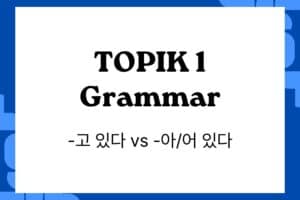

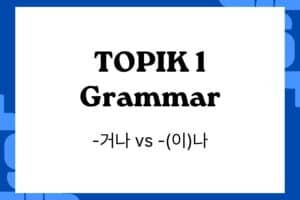
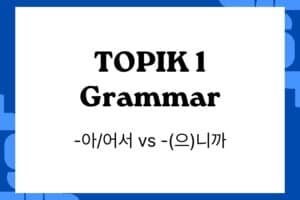
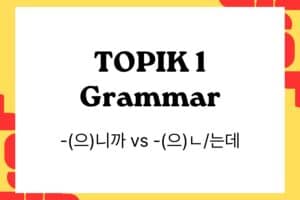
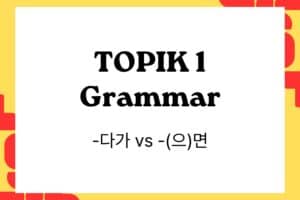

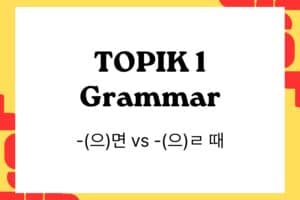

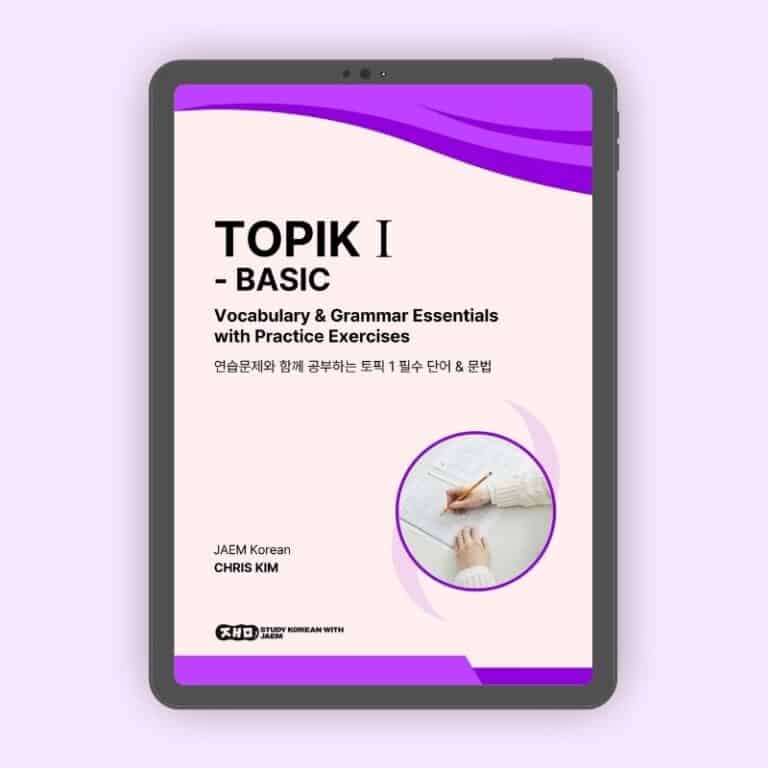
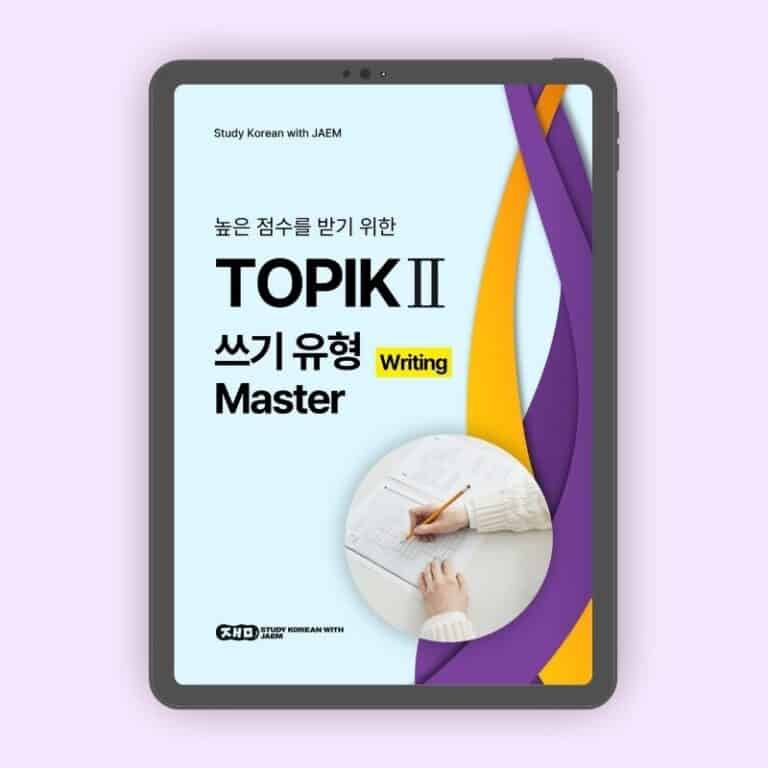
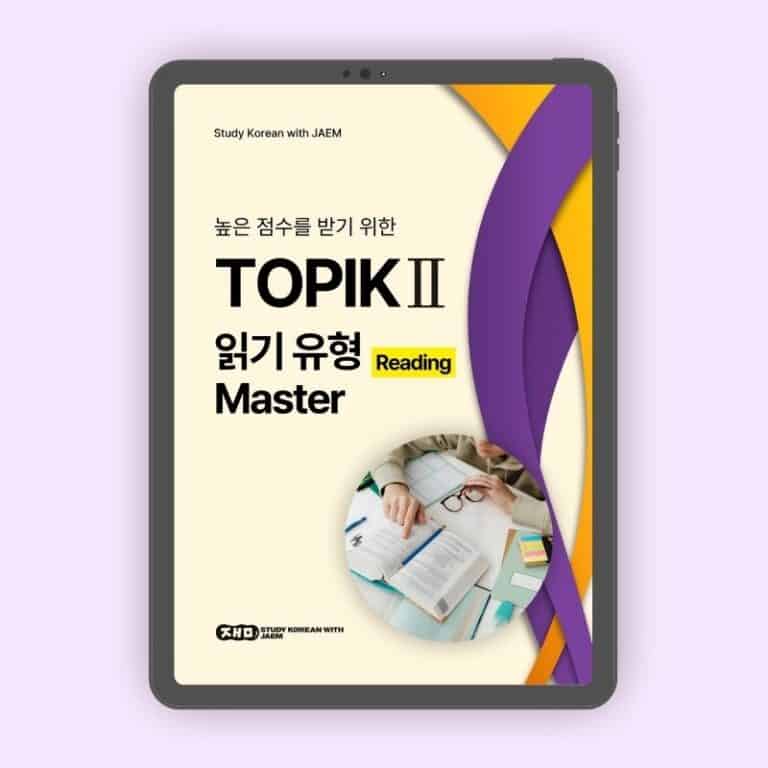


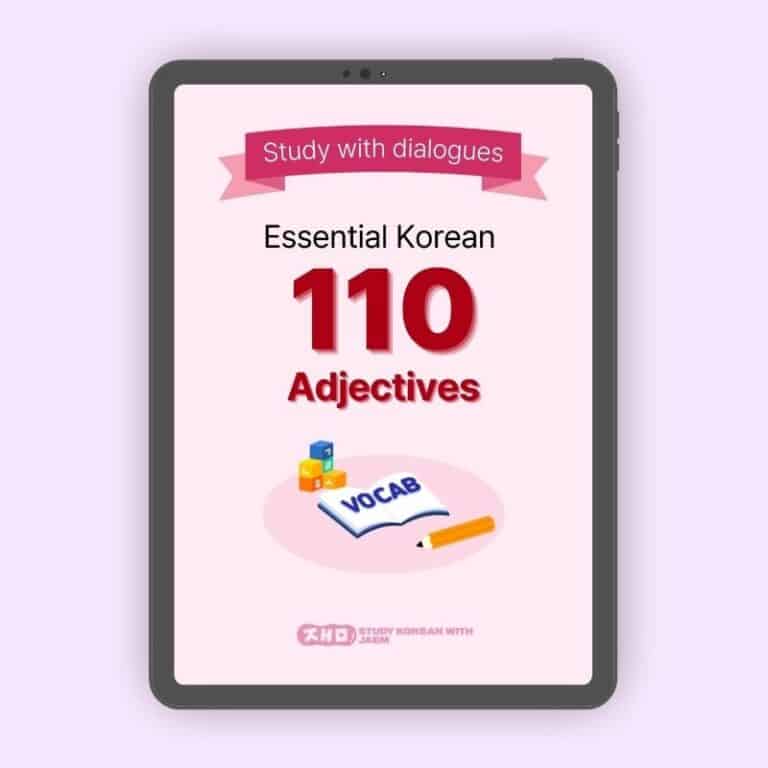

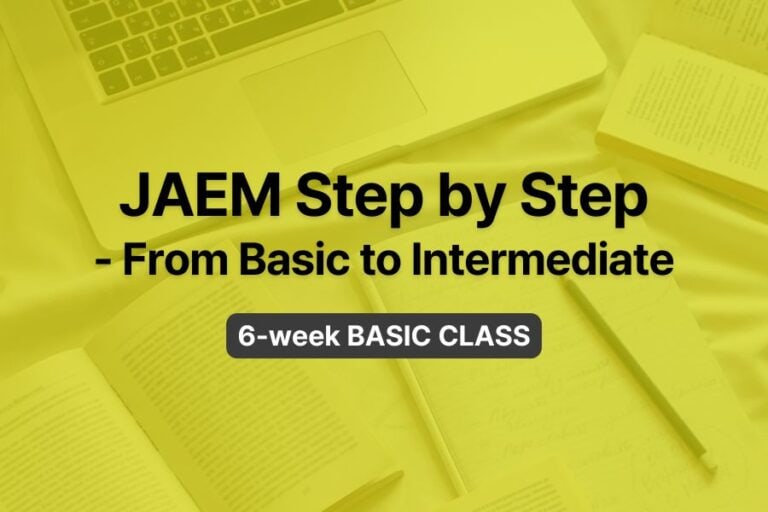

Responses